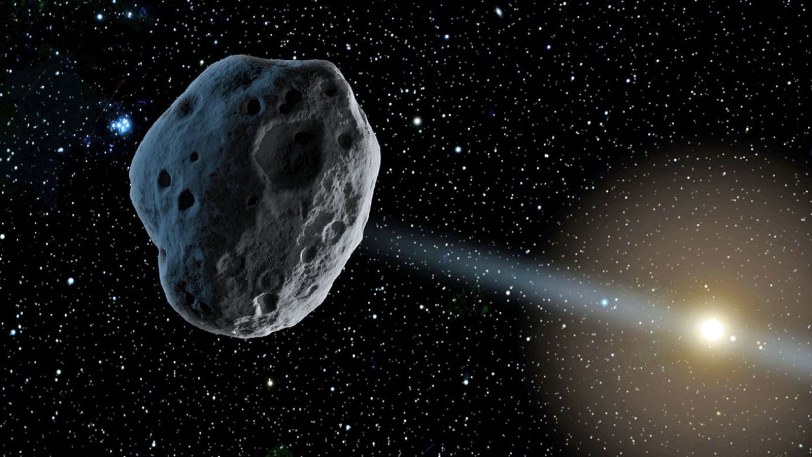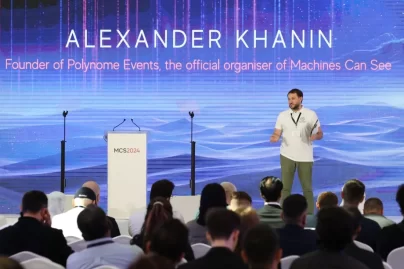This one was quite a close call!
Tue 07 Sep 2021
NASA keeps a keen eye on Near-earth Objects (NEO) through its Jet Propulsion Laboratory (JPL), Pasadena. Recently, the observatory-cum-laboratory traced the 1000th near-earth asteroid (NEA), named ‘2021 PJ1,’ as it passed by Earth at a distance of 1.7 million kilometres.
The asteroid was so small in size making it quite a challenge for the radar to track it.
The asteroid detected was small in size, making it difficult for the radar to track it. Lance Benner, a NASA scientist who is leading the program said, “We couldn’t obtain 2021 PJ1’s radar imagery due to its size. However, even at a distance of million miles, the planetary radar detected it with precise velocity.”
Tracking both NEO and NEA is essential since the data of these objects collected by JPL helps to trace these asteroids for centuries as well as predicts if an asteroid will hit Earth or will just pass by.
This asteroid radar research program started in 1968 to keep track and some of the NEOs detected are so huge they may have the potential to destroy life on Earth.
In recent times, NASA discovered a 1.4-kilometer wide asteroid that they listed as potentially hazardous that was moving at a speed of 94,208 kilometres per hour. Although the asteroid poses no threat to Earth this time, it will pass the planet again in 2063, as per JPL’s calculations.

 Apr 24 2024
Apr 24 2024













